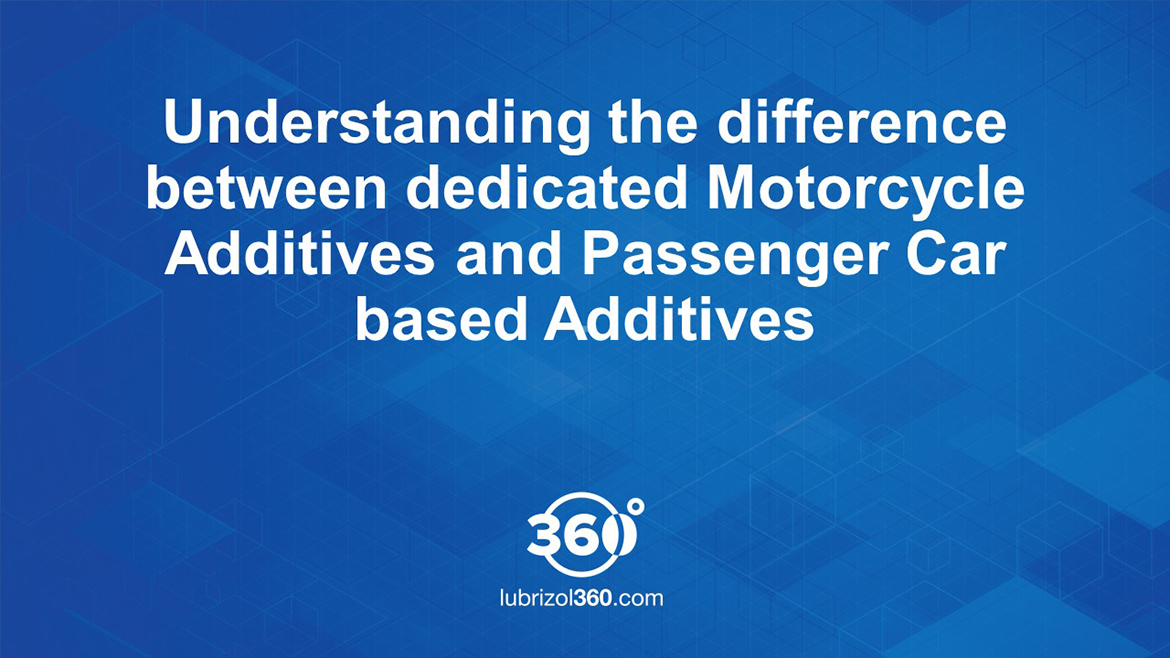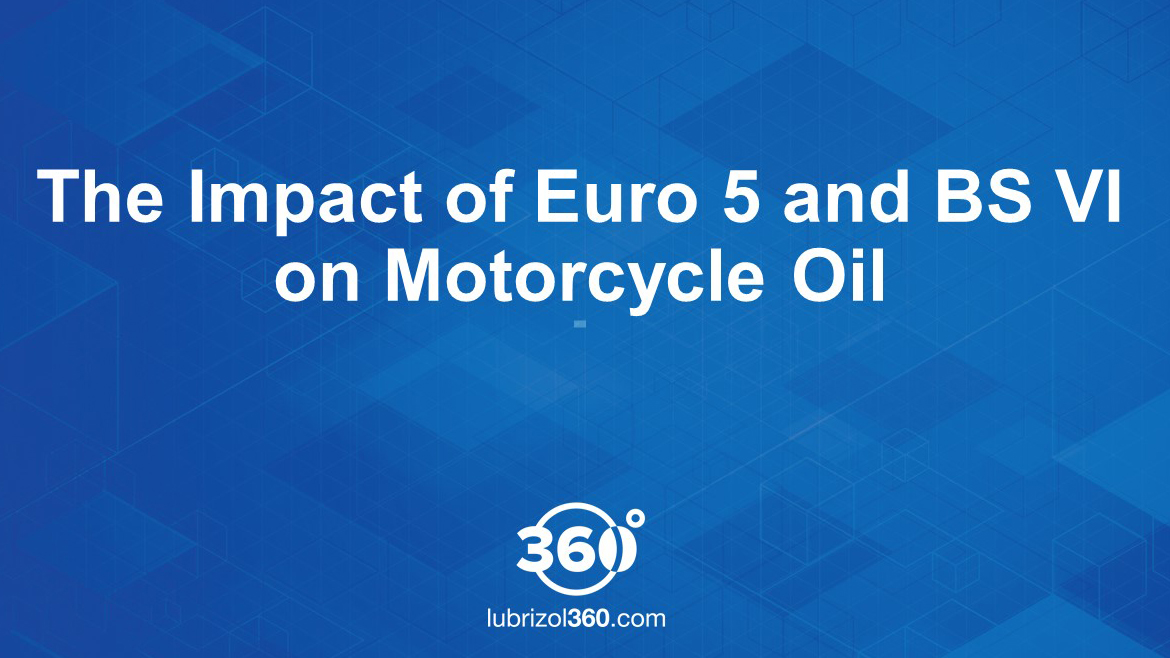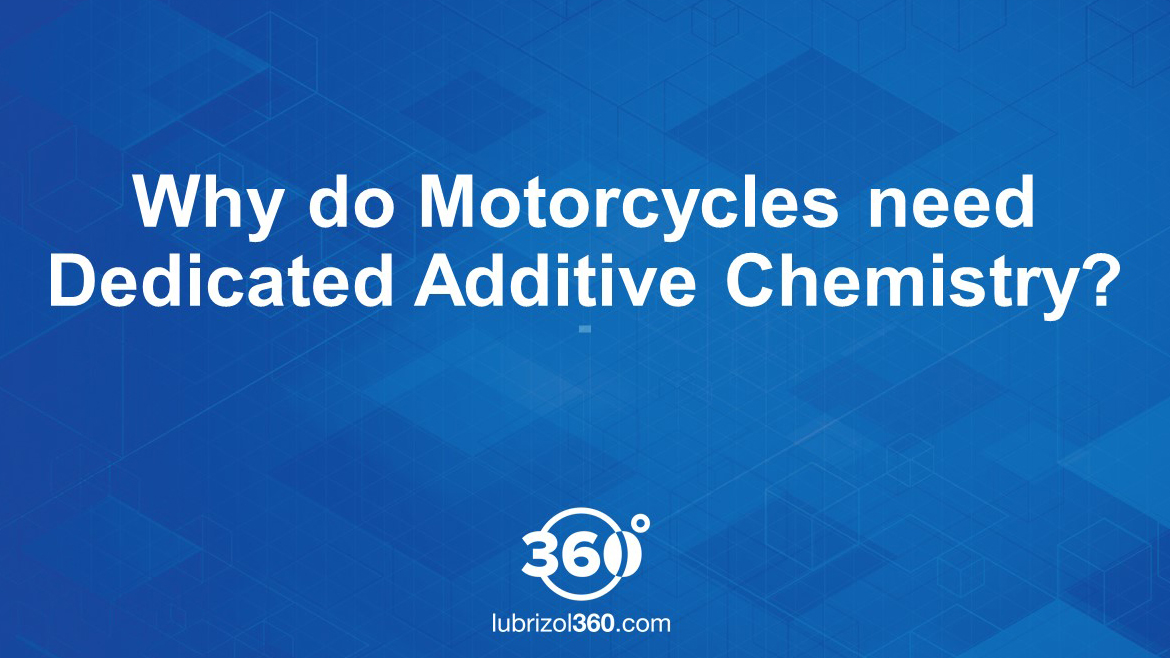Jan 31, 2023
Posted by Qin Zheng, Global Product Manager, Motorcycle Oils
Changes to motorcycle engine hardware designs, driven by emission upgrades, are increasing the operating severity of motorcycle oil. Some older oil specifications may not be providing adequate levels of performance and protection for today’s requirements. In this article, we focus on parameters oil marketers need to consider when selecting both the appropriate engine oil performance level and the additive chemistry for formulating their motorcycle oils, to ensure their brand remains relevant to the market.
Motorcycle markets around the world continue to legislate for tighter and tougher emissions standards, the most stringent including Bharat Stage VI (BS VI) in India and Euro 5 across Europe and other countries such as Japan and Brazil (PROMOT 5). Countries across Southeast Asia are also following suit, with Thailand already at Euro 4.
To improve combustion efficiency, one significant hardware change being introduced by motorcycle original equipment manufacturers (OEMs) has been the move from carburetor to port fuel injection technology. Coupled with increasing engine power densities, the performance requirements of motorcycle oils mean they must operate in more severe conditions, resulting in the need for robust piston cleanliness performance as well as improved oxidative and thermal stability.
Issues of deposit formation can be addressed with enhanced detergency control, so providing greater piston cleanliness performance. Issues of oxidative oil thickening can be addressed with the use of higher quality base oils, which provide greater oxidative stability, along with performance additives that provide enhanced levels of oxidative control.
It is important these areas are fully considered when selecting the appropriate performance level of the motorcycle oil, so addressing the key performance areas for modern hardware.
Figure 1 shows the increased performance benefits when moving from an American Petroleum Institute (API) SJ to SL engine oil classification. Even greater performance benefits exist when moving to higher API performance levels.
.jpg)
Several countries such as Indonesia, Vietnam and Thailand still have significant sales (around 50 percent of the retail market) of API SJ and lower API performance levels. API has discontinued licensing engine oils against API SG and SH specifications. These are considered to be obsolete specifications as they may not provide adequate protection against build-up of engine sludge, oxidation or wear for modern hardware requirements.
In addition to the crankcase performance, equal importance needs to be given to clutch performance and gear protection. Unlike in passenger vehicles, motorcycle oils must deliver performance and protection not just to the engine, but equally to the clutch and gears. Clutch boosters are required to deliver consistent clutch performance during the oil drain interval. This can provide a better rider experience, while gear boosters are needed to protect against gear pitting and scuffing, extending hardware life.
As a result, dedicated additive chemistry is required to meet the demands of the unique design and operating severity that modern motorcycle hardware designs require.
Our View
For more information on motorcycle engine oils, contact your Lubrizol representative.
.jpg?h=329&w=1170&la=en&hash=EC60945DB26F997B7537427854F6B9AC)
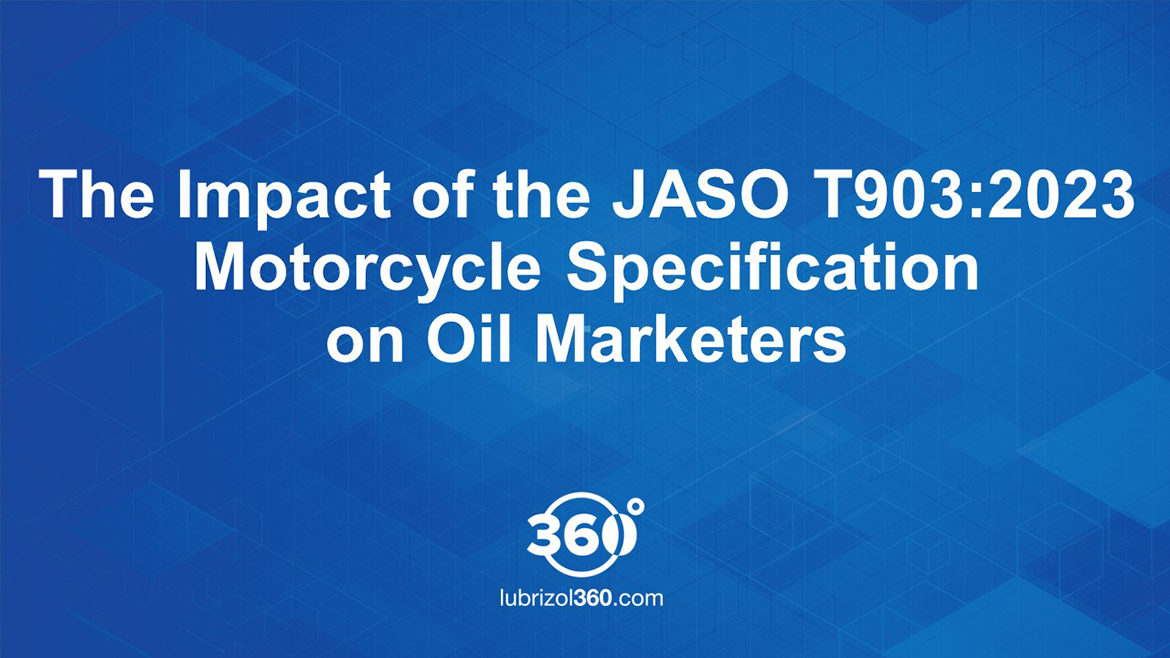
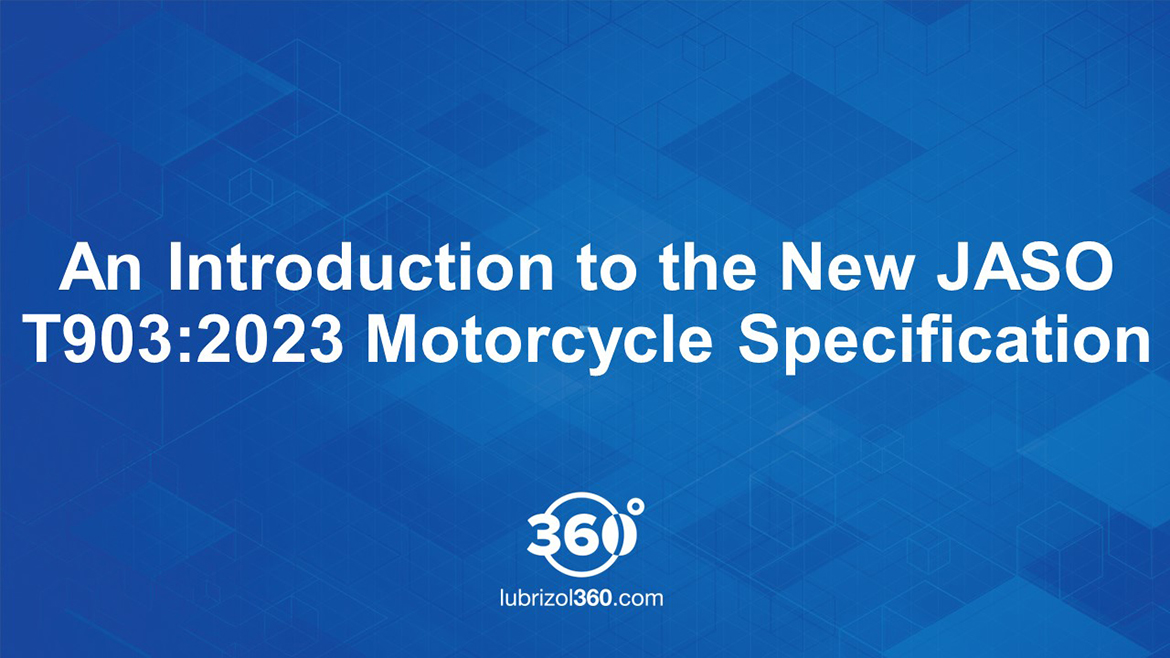
.jpg?h=658&w=1170&la=en&hash=1AEFFE4F0D96D91AD1D573C5986A3D30)

.jpg?h=658&w=1170&la=en&hash=F051DD2E78BEB30AA9C87A6F3D2BB06D)

